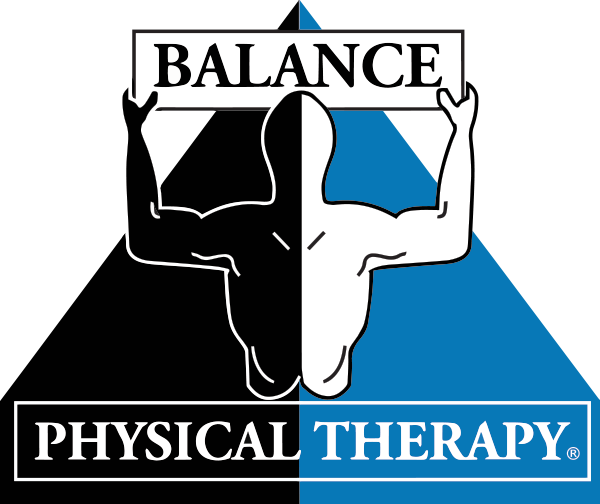Myofascial decompression (MFD) and cupping are two therapeutic techniques that are often used for manual therapy. This can be performed by anyone from physical therapists to a massage therapists. While they may appear similar in some ways, they are fundamentally different techniques with unique benefits and uses.
MFD is a soft tissue mobilization technique that involves the application of negative pressure to the skin and underlying fascia using specialized cups. The cups are applied to specific areas of the body and are designed to create a lifting and separating effect on the tissue, which helps to release tension and improve circulation. MFD is often used to address musculoskeletal pain, improve range of motion, and promote tissue healing.
Cupping, on the other hand, is an ancient therapeutic technique that involves the application of cups to the skin to create a suction effect. This technique is based on the belief that applying suction to the skin can help to stimulate the flow of blood and energy in the body, which can help to relieve pain, reduce inflammation, and improve overall health. Cupping is often used to treat a variety of conditions, including back pain, muscle tension, and respiratory problems.
While both MFD and cupping involve the application of negative pressure to the skin, there are several key differences between the two techniques. For one, MFD is designed to specifically target the fascia, which is a layer of connective tissue that surrounds and supports the muscles, bones, and organs. Cupping, on the other hand, is a more general technique that can be applied to a wider range of areas on the body.
Another difference between MFD and cupping is the intensity of the suction. MFD typically involves the use of cups that are placed at a higher level of suction, which can be more intense than the suction used in cupping. This increased intensity is designed to help release deeper layers of fascial tension and promote healing.
Overall, both MFD and cupping can be effective therapeutic techniques for addressing musculoskeletal pain and promoting tissue healing. However, the choice between the two will depend on the individual needs and preferences of the patient, as well as the specific goals of the therapy session. A trained manual therapist can help to determine which technique is best suited for each patient’s unique situation.

